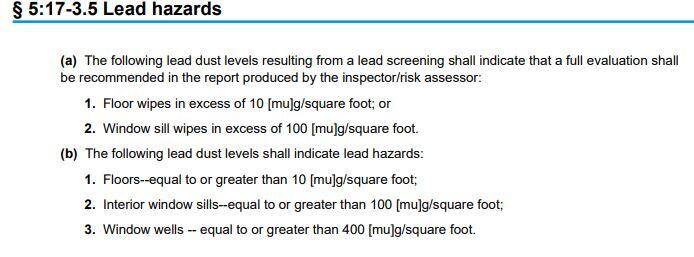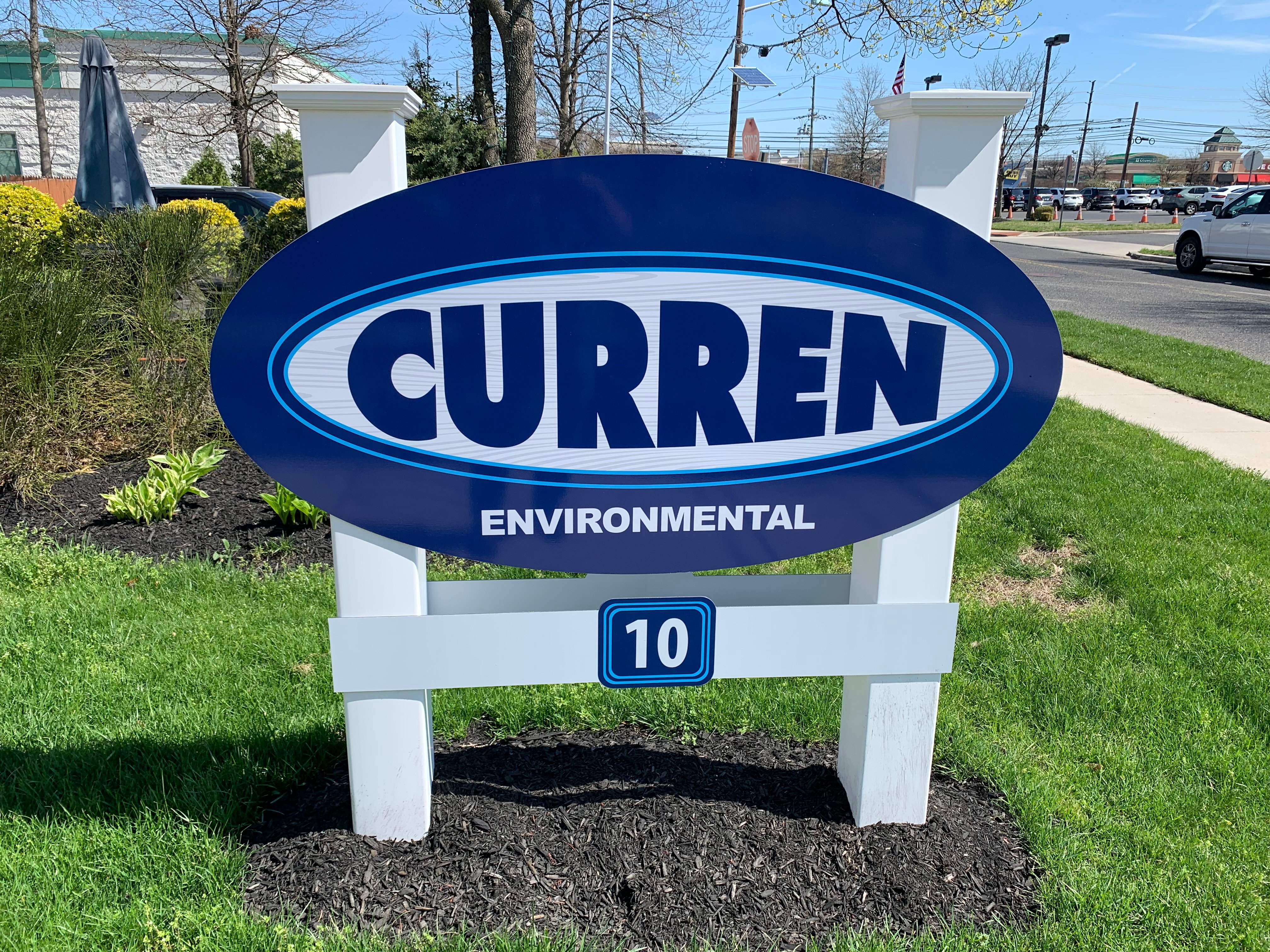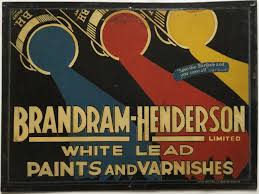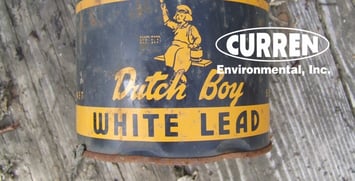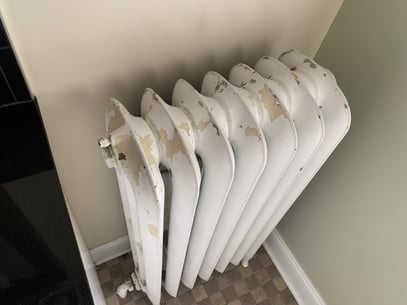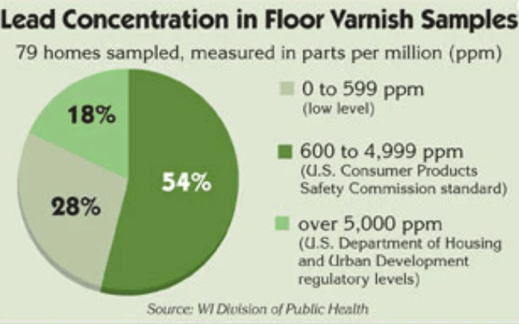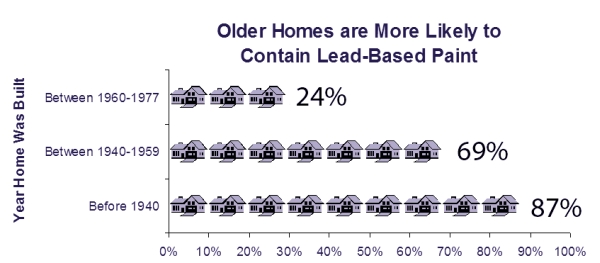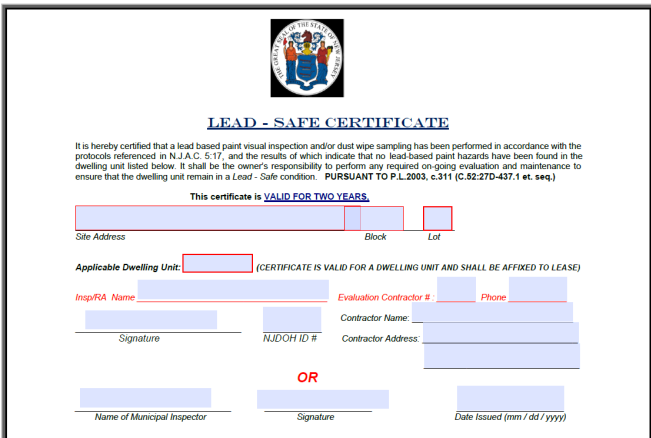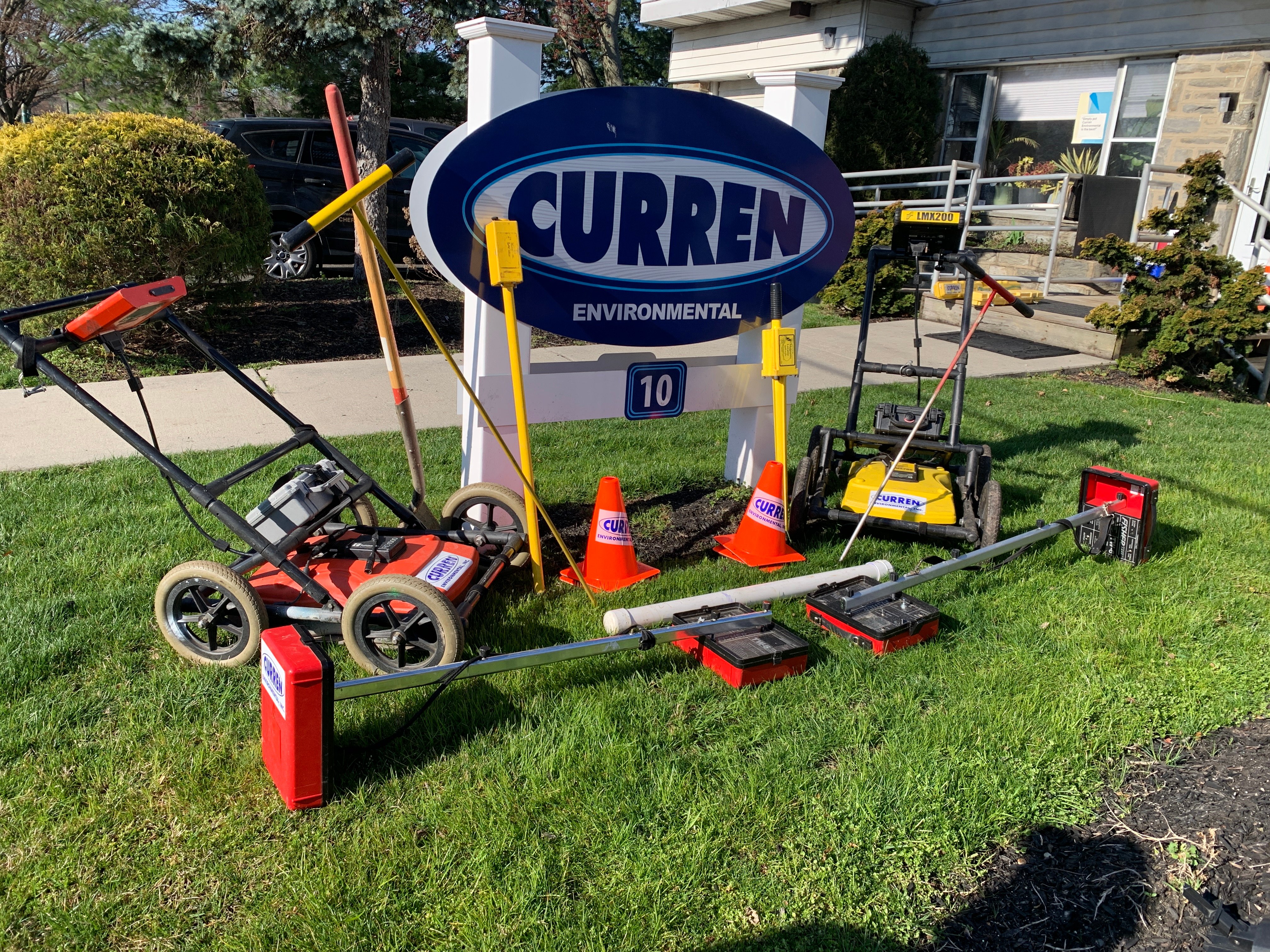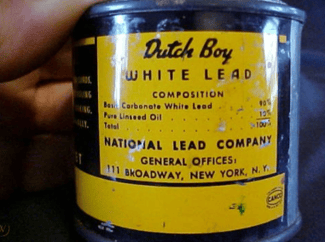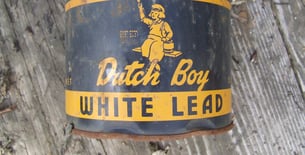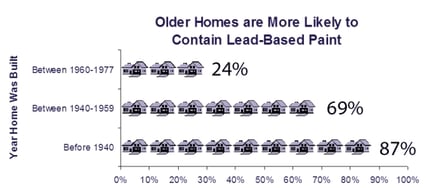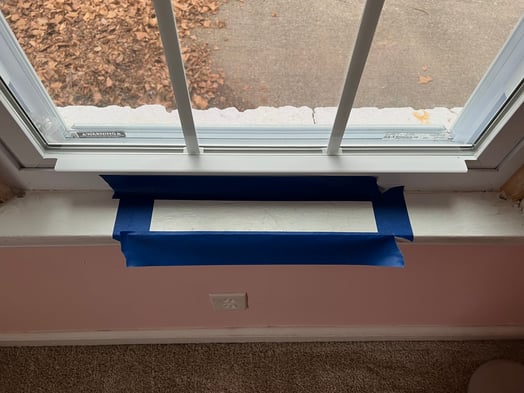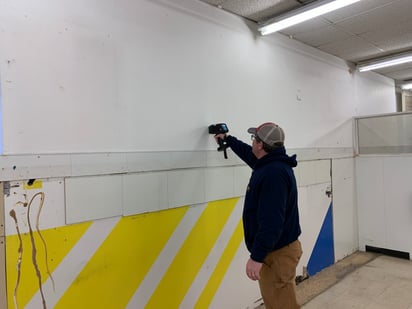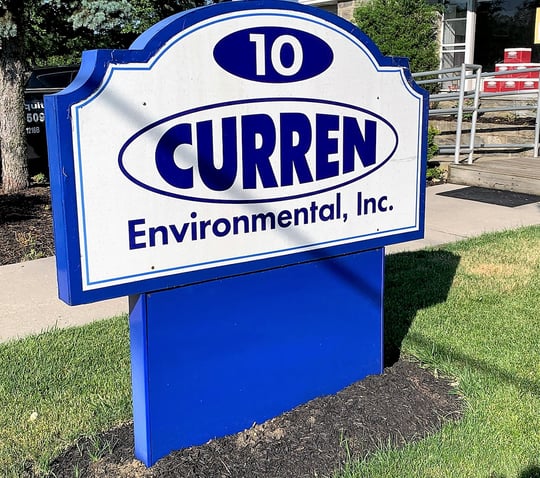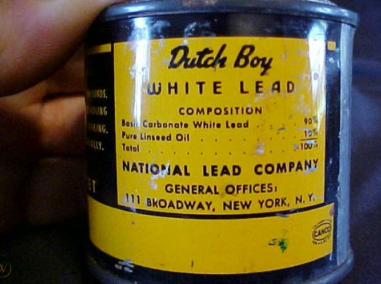🏡 Important Information for New Jersey Homebuyers and Realtors Regarding the 2022 Lead Paint Law
There is a new law in New Jersey that you cannot afford to overlook if you are buying or selling or renting a home, especially one that was constructed before 1978. Now that the New Jersey Lead-Based Paint Inspection Law is in force, it has significant ramifications for homebuyers, landlords, and realtors. Knowing this law is essential to avoiding delays, penalties, or unforeseen expenses at the closing table, whether you're managing rental properties, buying your first home, or representing a seller/buyer.
"🎯" The New Jersey Lead Paint Law: What Is It?
New Jersey mandated lead-based paint inspections for some residential rental properties constructed prior to 1978 as of July 22, 2022. The aim? Since lead poisoning is completely preventable but still common in older housing, it is important to identify and address lead hazards before children are exposed.
🛑 To whom does this law apply?
This law mainly affects:
- Owners of rental properties prior to 1978
- Realtors who list or sell properties that are impacted
- Homebuyers buying rental properties or investment properties
- Developers and property managers dealing with an older housing stock
- Depending on the municipality's classification (exempt vs. non-exempt), a property that meets the requirements must be examined visually or through dust wipe sampling for lead-based paint hazards.
🏚️Why 1978 Is Important
In 1978, the federal government outlawed the use of lead-based paint in homes. Lead-based paint was most likely used in homes constructed prior to that time. For this reason, New Jersey is focusing on properties from this era, particularly rental properties where children might be present.
📝 What Realtors Must Understand
Informing clients of their obligations under the new law is a critical function of realtors. Here's how to safeguard your transactions:
- Inquire early: Was the property constructed prior to 1978? Has it ever been a rental?
- Look for exemptions: Because of their low risks of lead exposure, some municipalities are exempt.
- Notify investors and landlords that inspections must be performed at tenant turnover or every three years, whichever occurs first.
- Collaborate with certified inspectors: Certified lead evaluation contractors are required to conduct inspections.
🏠 Things Homebuyers Need to Be Aware Of
You may inherit compliance responsibilities if you purchase a home that has been rented or may be rented. This comprises:
- Making certain that inspections are current
- Setting aside money for possible remediation
- Maintaining precise records for upcoming leases or sales
- It's not only wise, but also required by law, to have a lead paint inspection done if you're purchasing a multifamily building or intend to rent out a unit.
💰 Penalties, charges, and responsibility
Fines for noncompliance can reach $1,000 per week until the problem is fixed. Additionally, the cost of remediation may vary based on the extent of the lead hazard, and municipalities may impose inspection fees.
🧰 How to Maintain Compliance
- Make an appointment for a certified contractor to inspect the home for lead paint.
- Any lead hazards should be addressed right away.
- Maintain records; you'll need them for upcoming property sales or inspections.
- Use the EPA's "Protect Your Family from Lead in Your Home" guide to inform prospective tenants and purchasers.
🧭 Do You Need Assistance Getting Around?
In New Jersey, Curren Environmental provides expert lead paint testing, inspections, and cleanup services. With more than 27 years of experience, we assist property owners in maintaining compliance and ensuring the safety of families.
👉 For a complete FAQ and to arrange an inspection right now, go to CurrenEnvironmental.com.
Concluding Remarks for Homebuyers and Realtors
If ignored, the New Jersey Lead Paint Law could be a game-changer. It's not just another rule. By working with knowledgeable inspectors, educating your clients, and incorporating compliance into your real estate strategy, you can stay ahead of the curve.


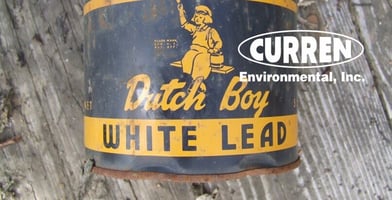

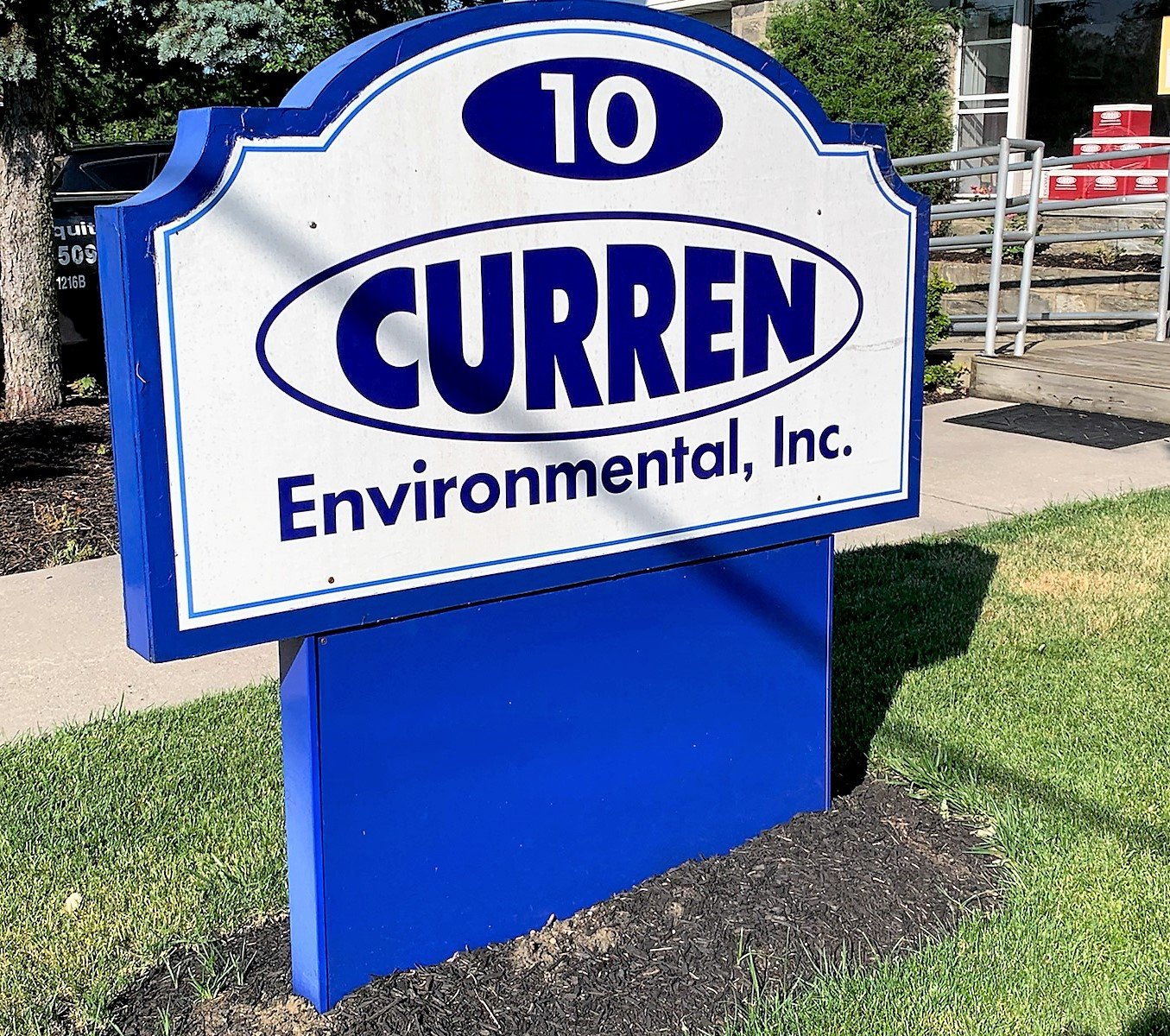
 is not an environmental consultant, saw damaged paint and flagged a lead hazard. The photo to the left is deteriorated paint.
is not an environmental consultant, saw damaged paint and flagged a lead hazard. The photo to the left is deteriorated paint.



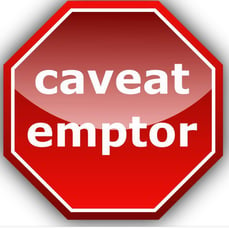
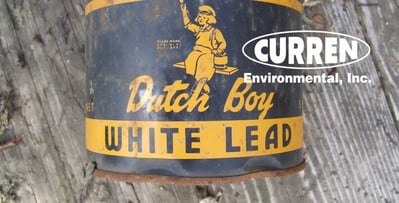
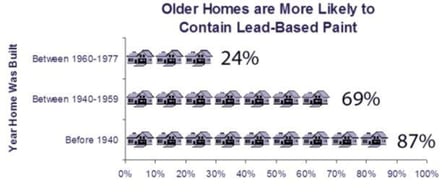 Any property subject to the NJ Lead Safe Law is now providing property owners inspection reports on lead. New Jersey lead licensing requires licensed firms to document certain facts regarding inspections nad reports. In addition, the lead inspections have included dust wipe sampling which tests for lead, these data points are now to be disclosed to future renters and buyers.
Any property subject to the NJ Lead Safe Law is now providing property owners inspection reports on lead. New Jersey lead licensing requires licensed firms to document certain facts regarding inspections nad reports. In addition, the lead inspections have included dust wipe sampling which tests for lead, these data points are now to be disclosed to future renters and buyers. 